Ganesh Vidya Yantra
The Ganesha yantra is drawn based on the teachings of Sri Narada in the ‘Ganesha dvadasanama stotra’. The twelve petal lotus is symbolic of the heart lotus and the door of this heart lotus is guarded by Ganesha.
Ucchista Ganesha
This is the dancing form of Ganesha and the meditation etc, visualize Ganesha in a rather jovial, compromising mood. Ucchista Ganesha is worshiped to remove domestic disharmony and the relationship with spouse is improved. All sorts of troubles with in-laws etc vanish and the family gets together and lives happily. For the last two decades we have advised the placing of a statue of dancing Ganesha (idol) near the headstand of the bed and the relationship between couples has improved.
Ganesha Mantras
Beejakshara mantra
Sri Ganapati is the elephant headed son of Sri Shiva, belonging to the divine family that delivers the soul from darkness and sin, the specific function of Sri Ganapati is to teach and drive away ignorance (avidhya). He is represented by Ketu, the significator of emancipation from all kinds of bondage including rebirth.
The Beejakshara of Sri Ganapati is ‘gaM’
Bīja mantra: गं (gaṁ) which is also called the Gītā bīja (for Srimad Bhagavat Gītā) by those learned in mantra śāstra.
Rāma Rahasya Upaṇiṣad
Contributed by Sarbani Rath
Ekākṣarādi Mantra
Tārkṣa
सनकाद्या मुनयो हनूमन्तं पप्रच्छुः।
आञ्जनेय महाबल तारकब्रह्मणो रामचन्द्रस्य
मन्त्रग्रामं नो ब्रूहीति।
sanakādyā munayo hanūmantaṁ papracchuḥ |
āñjaneya mahābala tārakabrahmaṇo rāmacandrasya
mantragrāmaṁ no brūhīti |
Translation: The saints headed by Sanaka again asked Hanūman: “Son of Āñjani of greatest strength, please speak the collection of Mantras for Tāraka-Brahmaṇa Rāmachandra.
हनूमान्होवाच।
वह्निस्थं शयनं विष्णोरर्धचन्द्रविभूषितम्।
एकाक्षरो मनुः प्रोक्तो मन्त्रराजः सुरद्रुमः॥ १॥
hanūmānhovāca |
vahnisthaṁ śayanaṁ viṣṇorardhacandravibhūṣitam |
ekākṣaro manuḥ prokto mantrarājaḥ suradrumaḥ || 1||
Translation: fire (ra), śayana viṣṇu (ā) ardhacandra (ṁ) or rāṁ (राँ) is the one syllable mantra said by the wise to be
Defining the ayana
This opens a much bigger question that I have had: how should we actually define uttara-ayana. It seems that it was originally the winter solstice, where the days begin to get longer, but since it has become associated with Makara Saṅkrānti it has been riding a sidereal year, of which it is not really a sidereal calculation but a tropical calculation. If we truly are observing the Sun returning or the Sura increasing, then there is no relation to the signs, just actual ayanas (solstices).
Namah Shivaya
Freedom T.
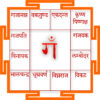
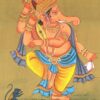
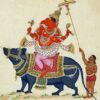
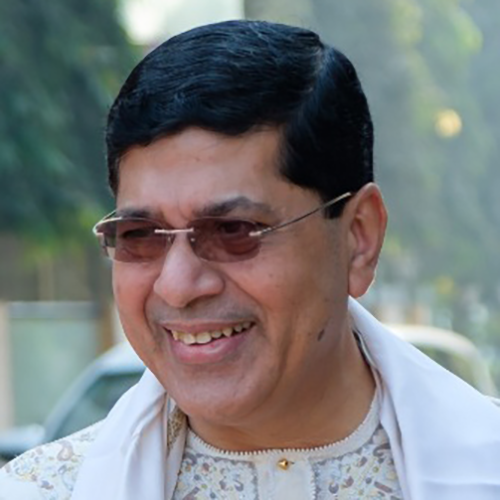
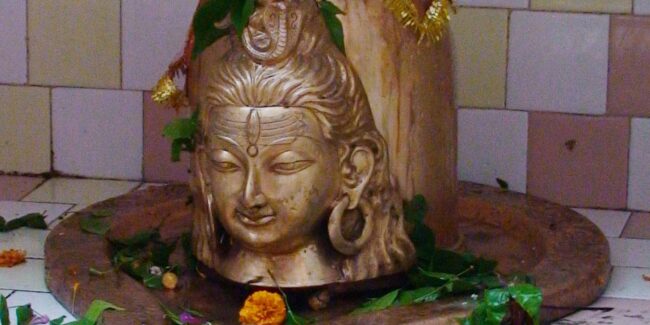
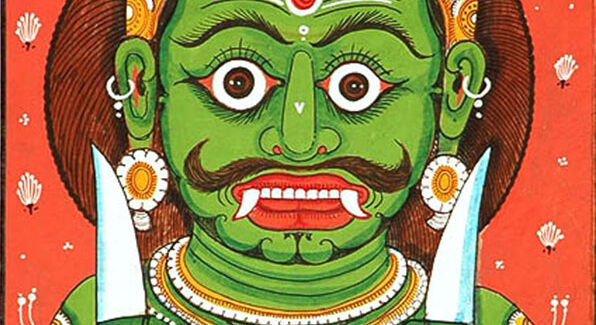
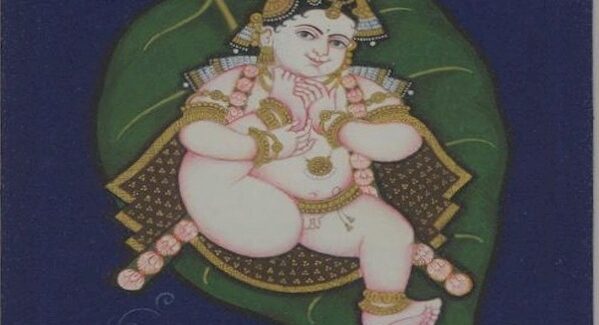
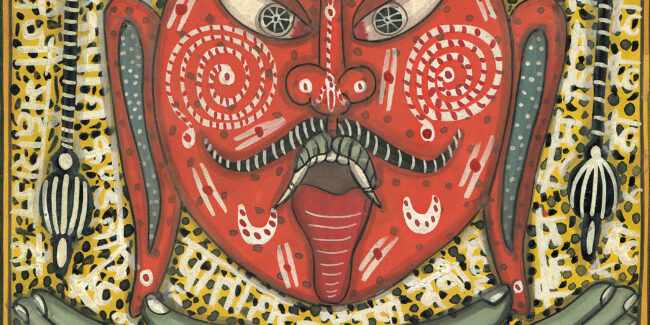
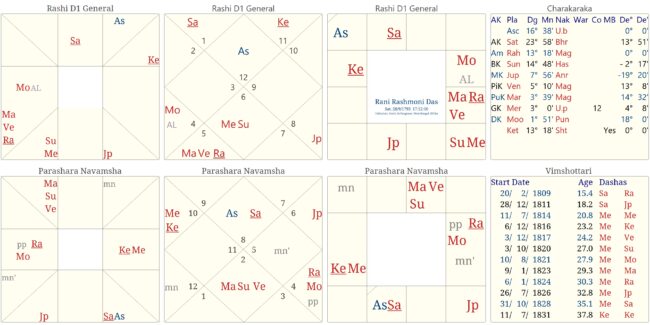

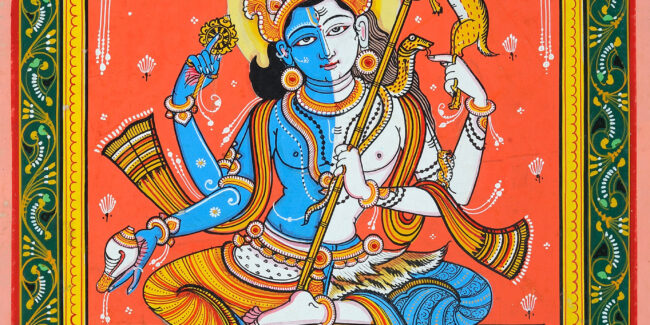
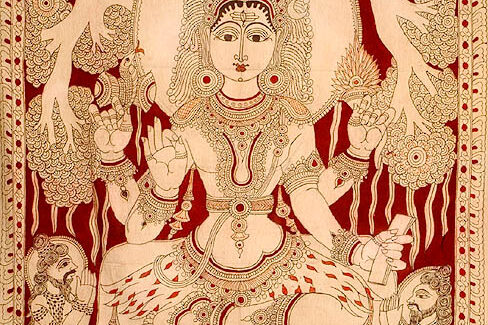
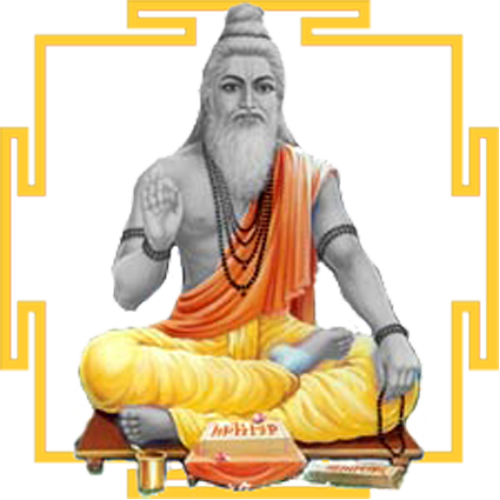 DBC offers online courses in jyotish (Vedic Astrology) taught directly by Sanjay Rath as per the tradition, through narrated power points and other audio tools. The courses are at different levels, from the beginners through the intermediate to the advanced and are known as SoHamsa | DBC courses, with individual classrooms and assistant teachers
DBC offers online courses in jyotish (Vedic Astrology) taught directly by Sanjay Rath as per the tradition, through narrated power points and other audio tools. The courses are at different levels, from the beginners through the intermediate to the advanced and are known as SoHamsa | DBC courses, with individual classrooms and assistant teachers
 Sagittarius Publications is the publisher and distributor the popular quaterly magazine the Jyotish Digest, as well as many thorough books on the subject of Vedic Astrology or Jyotish.
Sagittarius Publications is the publisher and distributor the popular quaterly magazine the Jyotish Digest, as well as many thorough books on the subject of Vedic Astrology or Jyotish. We have an excellent pandit Divākar ‘Deva’ Mishra, who is from the priests of Vindhyāvāsini Siddha Pīṭha to guide you through the hundreds of temples of Kāśi [Varanasi] and neighbouring regions. He can organise your pūjā, keep you safe and take care. He is supported by an English-speaking well-travelled spouse ‘Supriya Mishra’. Please contact them directly for any services, remedial pūjā and tours. They handled the 60+ member Kāśi Jyotiṣa Group 2022.
We have an excellent pandit Divākar ‘Deva’ Mishra, who is from the priests of Vindhyāvāsini Siddha Pīṭha to guide you through the hundreds of temples of Kāśi [Varanasi] and neighbouring regions. He can organise your pūjā, keep you safe and take care. He is supported by an English-speaking well-travelled spouse ‘Supriya Mishra’. Please contact them directly for any services, remedial pūjā and tours. They handled the 60+ member Kāśi Jyotiṣa Group 2022.